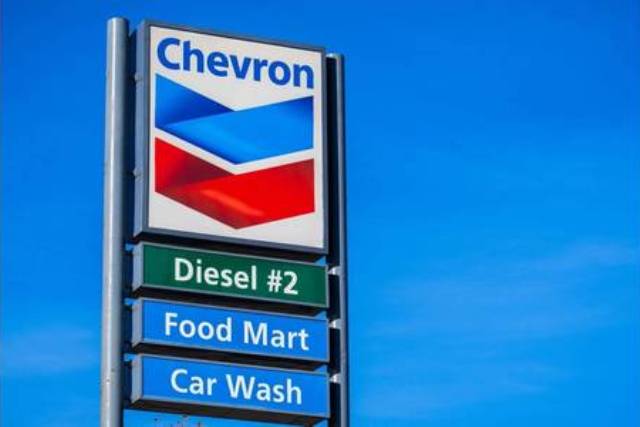Chevron, the second-largest U.S. oil producer, said Capex in 2023 rose 32 percent to $15.829 billion from $11.974 billion in 2022.
The increase in the Capex was primarily due to higher investments in the United States, including about $450 million invested in PDC assets post-acquisition and approximately $650 million of inorganic spend, mainly due to the acquisition of a majority stake in ACES Delta. Capex excludes the acquisition cost of PDC.
Chevron’s Capex in Q4 increased to $4.361 billion from $3.835 billion.
Chevron earlier disclosed capital expenditure of $15.5 to $16.5 billion for subsidiaries and affiliate capex of $3 billion for 2024.
PROFIT
Chevron disclosed a profit of $21.3 billion for the fiscal year 2023, as the company navigated challenges stemming from declines in earnings in both oil production and refining fuels.
In its earnings report, Chevron detailed fourth-quarter earnings of $2.3 billion ($1.22 per share – diluted), a notable decrease from the $6.4 billion ($3.33 per share – diluted) reported in the same period of 2022. The results for the quarter included $1.8 billion of U.S. upstream impairment charges and $1.9 billion in decommissioning obligations related to previously divested assets in the U.S. Gulf of Mexico.
Chevron attributed the decline in earnings to lower upstream realizations, losses from decommissioning obligations for prior asset sales, particularly in the U.S. Gulf of Mexico, higher U.S. upstream impairment charges, mainly in California, and reduced margins on refined product sales. Despite these challenges, both worldwide and U.S. net oil-equivalent production achieved annual records, with worldwide production increasing by 4 percent from the previous year.
Chevron faced delays and cost overruns in its oil and gas production expansion programs, prompting adjustments to its financial outlook. Additionally, U.S. refining margins sharply declined, contrasting with the positive results reported by some competitors.
For the full year of 2023, Chevron experienced a 40 percent decrease in profits. Oil and gas production saw an uptick to 3.12 million barrels of oil and gas per day, driven by shale gains and acquisitions. In the Permian Basin, a prominent U.S. shale field, Chevron anticipates a 10 percent increase in output in 2024, projecting around 860,000 barrels per day.
Chevron also foresees a 4 percent to 7 percent rise in global output, targeting 3.25 million barrels per day of oil and gas or more.
In the fourth quarter, Chevron reported an 18 percent decline in earnings from the previous year, reaching $6.45 billion. Adjusted full-year earnings stood at $24.69 billion, or $13.13 per share, down from $36.54 billion, or $18.83 per share, in the preceding year.
Higher environmental costs and regulatory changes impacted the oil industry, with Chevron, Exxon Mobil, and Shell all announcing significant writedowns in the fourth quarter. Governments imposed new restrictions on methane emissions and increased taxes on energy companies in response to their blockbuster earnings.
Production delays and maintenance needs at a major Kazakhstan oil expansion project, along with higher costs elsewhere, led Chevron to acknowledge in December that it was underperforming its potential. Kazakhstan’s output is expected to decrease by 50,000 barrels per day in 2024 due to maintenance.
In the pursuit of growth, Chevron acquired oil production and reserves, offering $53 billion to acquire Hess Corp and completing a deal for PDC Energy in the previous year. These acquisitions and increased investments in the U.S. contributed to a 32 percent rise in full-year capital spending, reaching $15.8 billion. This included approximately $450 million invested in PDC assets, which added 266,000 barrels per day of oil and gas production during the quarter.

